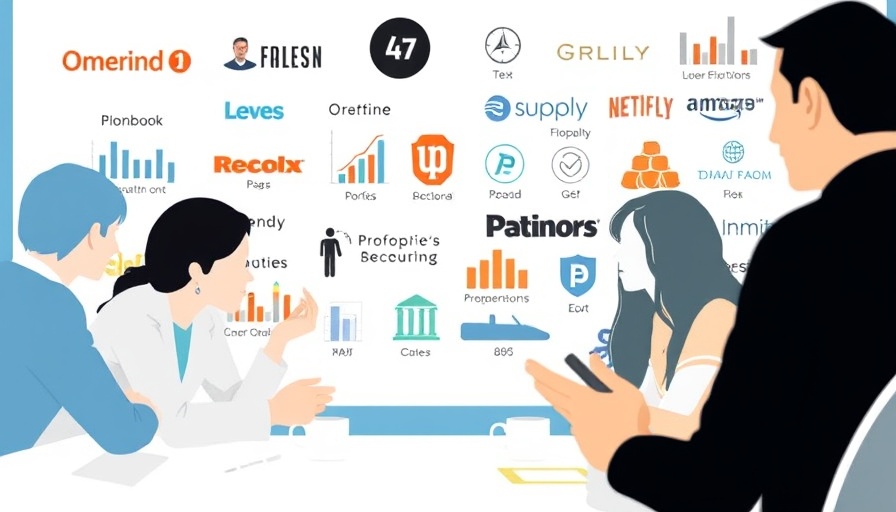
Why Demographics Should Be Your Branding Compass
In an arena where trends shift like sand, one truth remains unwavering: demographics are the backbone of successful branding. As small business owners and marketers, understanding the demographics of your audience goes beyond mere numbers; it's about reaching hearts and minds. Today, we explore how these crucial data points can help you forge a brand that resonates deeply with your target audience.
The Power of Audience Insights
Imagine trying to find the perfect gift for someone without knowing their age, interests, or background. Similarly, brands must equip themselves with information about their audience’s demographics. This knowledge serves as a treasure map, guiding you through the complexities of consumer behaviors and preferences. Whether it's the age group, income level, or lifestyle choices, these facets shape not only your marketing approach but also the products or services you offer.
Building a Local Brand That Speaks Volumes
For small businesses, local branding is a golden opportunity. By delving into local demographics, you can tailor your branding efforts to reflect community values and needs. For instance, a family-run bakery can connect more with types of pastry favored by local cultures or neighborhoods. This personal touch not only fosters loyalty but transforms your brand into an integral part of the community fabric.
Brand Identity: Crafting a Story That Sells
Your brand identity tells a story, but who is your audience? By utilizing demographic data effectively, you can construct narratives that resonate profoundly. Data-driven storytelling can position your business as relatable and trustworthy. When crafting your brand story, remember to highlight key elements that reflect the values and aspirations of your target demographic—community engagement, sustainability, or a commitment to quality can all be compelling points.
Strategic Brand Engagement Tactics
Creating brand awareness goes hand-in-hand with building engagement. By analyzing demographics, you can tailor your communication and marketing approaches accordingly. For example, younger audiences might respond better to social media campaigns featuring influencers, while older generations may prefer direct mail or email marketing. Adapting your tactics to fit your audience's preferences increases the likelihood of meaningful interactions.
Challenges Faced by Small Entrepreneurs in Branding
Despite the importance of demographics, many small businesses may struggle to harness this data effectively. Lack of resources, tools, or experience can create significant barriers. However, platforms like Google Analytics or social media insights can provide valuable demographic information. Understanding these challenges and seeking out user-friendly tools can empower entrepreneurs to overcome these hurdles and refine their branding strategies.
Future Trends: Preparing for Evolution
Markets are continually evolving, and so are demographics. With shifts in population, migration, and generational attitudes, staying atop trends ensures your brand doesn’t just survive but thrives. Engage in ongoing research, and don't shy away from pivoting your strategies as consumer demands change. The brands that adapt are often the ones that flourish.
A Call to Action for Small Business Owners
In the fast-paced world of branding and marketing, remember: demographics are your guide. Harness this invaluable information to engage your audience, refine your brand identity, and ultimately grow your business. Take steps today to analyze your demographics and make informed decisions that respect and respond to your customer's needs and preferences. Start seeing your branding through the eyes of your target audience, and watch your business bloom!
 Add Row
Add Row  Add
Add 




Write A Comment